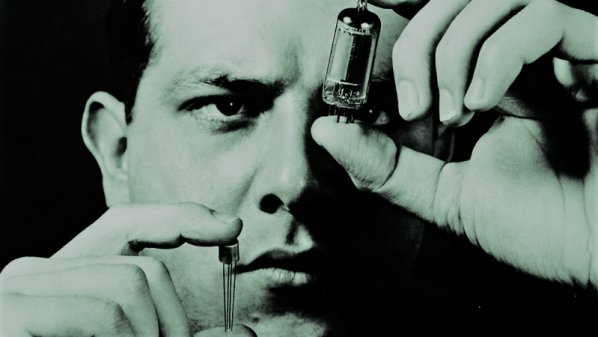Before the invention of transistors, vacuum tubes ruled the world. The only way to get amplification or switching (or any electrical control of current) back then was to use tubes. But some tube design limitations were obvious even then. For one, they produce an incredible amount of heat during normal operation, which leads to reliability issues. Tubes were difficult to miniaturize. Thankfully transistors solved all of these issues making vacuum tubes obsolete, but if you want to investigate the past a little bit there are still a few tubes on the market.
[kodera2t] was able to get his hands on a few of these, and they seem to be relatively new. This isn’t too surprising; there are some niche applications where tubes are still used. These have some improvements over their ancestors too, operating at only 30V compared to hundreds of volts for some older equipment. [kodera2t] takes us through a few circuits built with these tubes, from a simple subminiature vacuum tube radio to a more complex reflex radio.
Taking a walk through this history is an interesting exercise, and it’s worth seeing the ways that transistor-based circuits differ from tube-based circuits. If you’re interested enough to move on beyond simple radio circuits, though, you can also start building your own audio equipment with vacuum tubes.


















